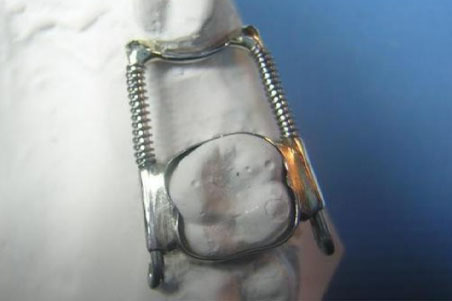- NEED HELP? CALL US NOW
- +919995411505
- [email protected]

1. The Diagnodent device is used for the detection of Dental caries. This device works on the principle of
(A) Light Induced fluorescence
(B) Laser Induced fluorescence
(C) Alternating current Impedance
(D) Transilluminatlon
Answer: option-B
The DIAGNOdent device (KaVo Dental Corporation, Charlotte, NC, USA) uses laser fluorescence technology, with the intention of detecting and measuring bacterial products and changes in tooth structure in a caries lesion.
A systematic review found that the ‘device is clearly more sensitive than traditional diagnostic methods, but the increased likelihood of false-positive diagnoses limits its usefulness as a principal diagnostic method’
2. The most persistent micro-organism that plays a major role In etiology of persistent periradicular lesions after root canal treatment is
(A) Actlnomyces
(B) Lactobacillus
(C) Enterococcus faecalis
(D) T. forsythia
Answer: option-C
Enterococcus faecalis (E. faecalis) is a facultative anaerobic, Gram-positive bacterium that is most frequently associated with persistent periradicular lesions after root canal treatment.
It is commonly found in a high percentage of root canal failures and is able to survive in the root canal as a single organism or as a major component of the flora.
3. The recommended post length for post canal and core restoration Is
(A) Half of the root length
(B) Two third the length of the root
(C) Two third the length of the tooth
(D) One third the length of the root
Answer: option-B
For a post and core restoration to be successful, the length of the post is a critical factor in ensuring:
- Retention of the post.
- Stress distribution along the root.
- Prevention of root fracture.
Ideal Post Length Guidelines:
Two-thirds of the Root Length: This is considered the optimal length to provide adequate retention and stability of the post.
Minimum Post Length: At least equal to the height of the crown to ensure sufficient retention.
Apical Seal Preservation: Leave 4-5 mm of gutta-percha at the apical end to maintain the apical seal and prevent reinfection.




